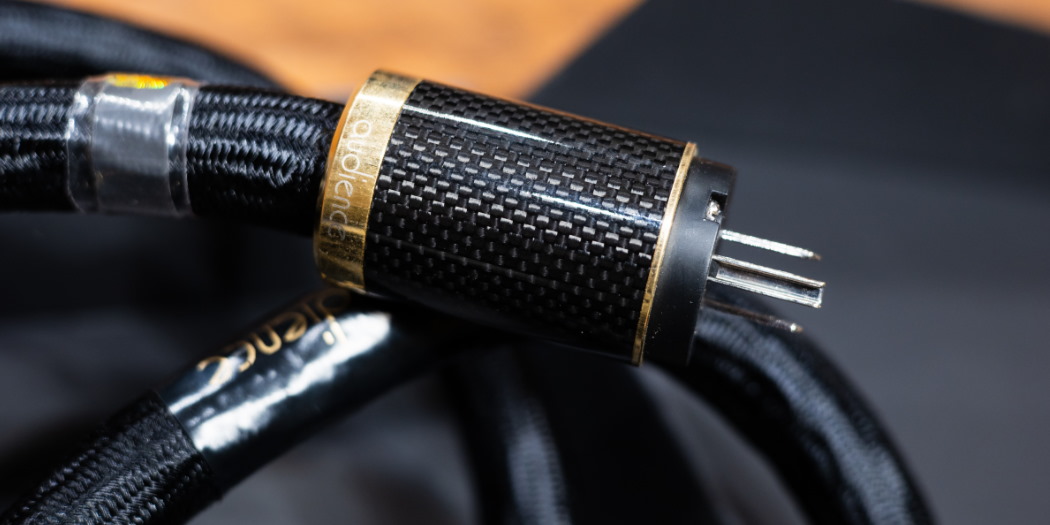
Elevating Sound: Audience's frontRow Reserve Power Cable
Audience Breaks New Ground with frontRow Reserve: A New Summit in Cable Craftsmanship
Audience has once again pushed the boundaries of cable manufacturing with their new flagship frontRow Reserve series, positioned above the already impressive frontRow line. The comprehensive collection includes RCA, XLR interconnects, speaker cables, power cords, and USB cables. The most noticeable exterior differences include the brass-colored connectors on the power cords and updated model designations along the cable bodies.
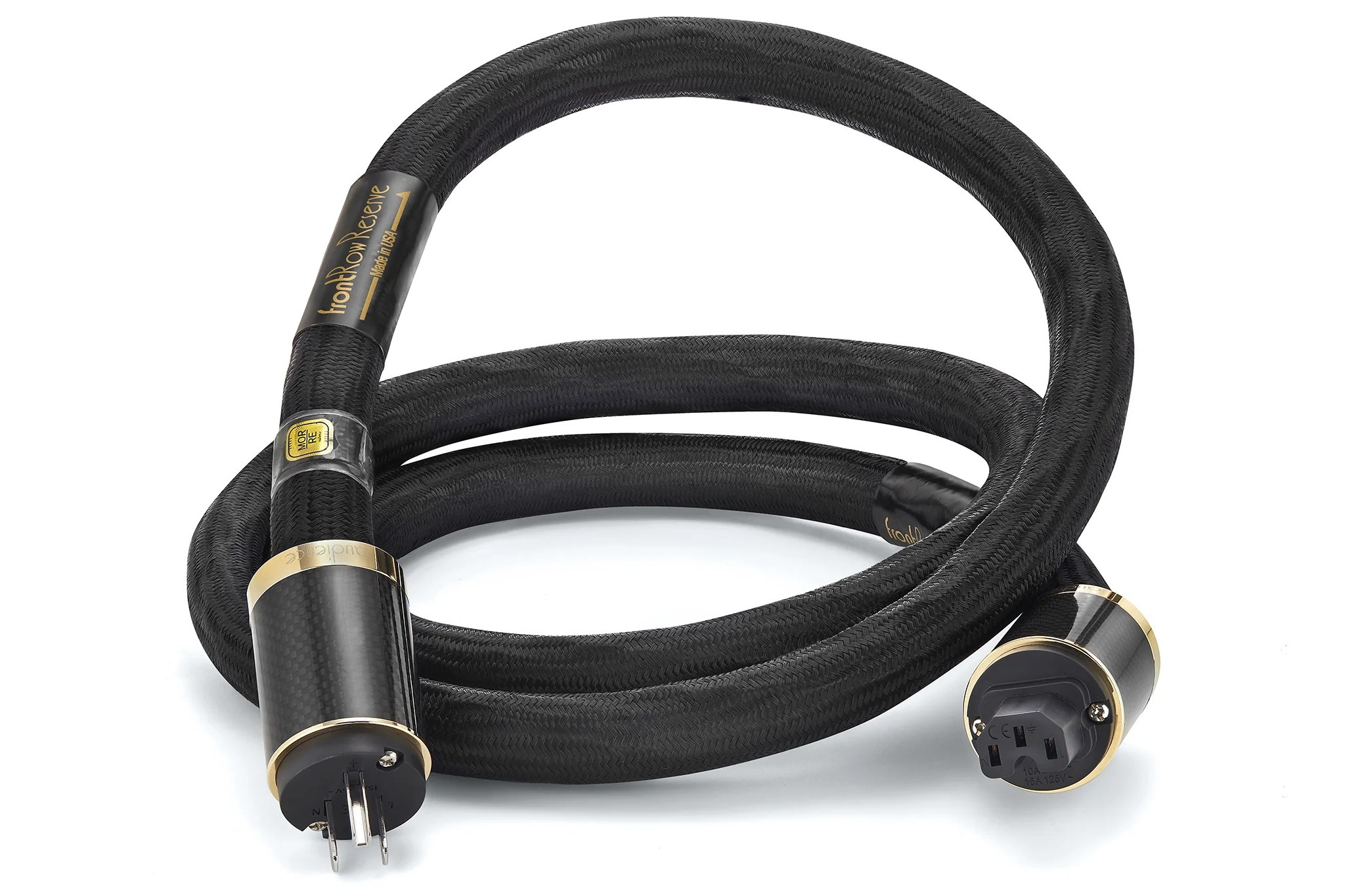
Engineering Excellence Beyond Comparison
According to official specifications, the frontRow Reserve builds upon the pure copper geometric design of the frontRow series, but with significant enhancements. The Reserve incorporates select pure silver conductors insulated from the copper wiring and features advanced natural crystal formulations that effectively isolate EMI/RFI interference, complemented by additional EMI/RFI shielding. Furthermore, the grounding and shielding systems have been strengthened, resulting in an even lower noise floor with improved resolution and dynamic performance.
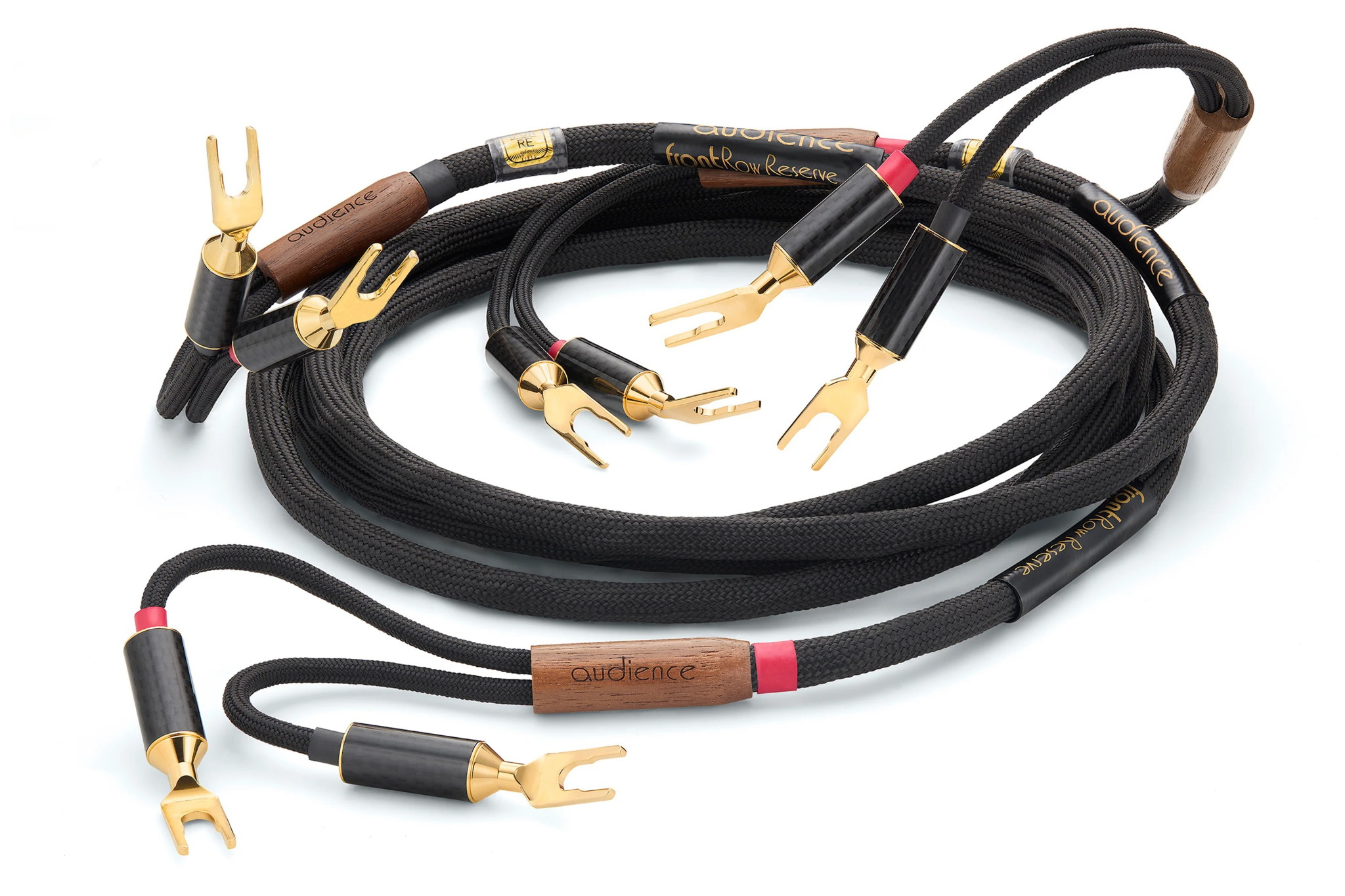
Both the frontRow Reserve and frontRow series utilize OCC (OHNO Continuous Cast Copper) conductors, manufactured using the renowned Ohno continuous casting method to achieve 6N (99.9999%) pure copper. The internal structure consists of six bundles, each containing 38 conductors, with geometry and spacing specifically engineered to minimize magnetic inductance and temperature effects. Cross-linked polyethylene (XLPE) serves as the dielectric material, ensuring stable dielectric constants across all frequencies, while OFC (Oxygen-Free Copper) provides shielding and grounding.
The cables undergo Audience's proprietary MORRE (Musically Optimized Reduction of Resistive Energy) cryogenic treatment—a comprehensive term encompassing all of Audience's technologies and knowledge, including materials selection, cable geometry, manufacturing processes, and post-production treatments. This represents the core of Audience's current cable technology.
The Flagship Power Cord Experience (Ted Chen)
Building upon their frontRow series, American manufacturer Audience has launched a new ultimate flagship power cord that employs copper conductors and copper shielding to achieve pure, crystalline sonic performance. Having tested numerous Audience cables—both interconnects and power cords—we've noted they consistently avoid excessive thickness in their designs. While the flagship frontRow Reserve powerChord features more sophisticated shielding, covering, and larger conductors, it remains surprisingly manageable. The cable has moderate flexibility, presenting no routing challenges, though the carbon fiber-wrapped power connectors add some weight—cable supports may be advisable when connecting to lighter components to prevent tipping.
During our listening sessions, we also employed Audience's latest Hidden Treasure CAT 7 audiophile-grade network cable to enhance overall performance. This network cable utilizes high-quality conductors, dielectric materials, RF-blocking nano-crystals, and undergoes low-temperature, high-pressure finishing processes.
Versatility Across Your System
We connected the frontRow Reserve powerChord and the Hidden Treasure CAT 7 network cable to our network streaming player, which also functions as a DAC. This placement meant both digital processing and analog output were influenced by the power cord's performance. Listeners can certainly opt to use these premium cables with amplifiers instead—we recommend experimenting with different configurations to discover your preferred sonic signature.
A More Natural, Full-Bodied Presentation
For our evaluation, we referenced Dexter Gordon's "Our Man in Paris," featuring Bud Powell on piano, Kenny Clarke on drums, Pierre Michelot on bass, and Dexter Gordon on saxophone—an album released in 1963. With the Audience cables in place, the music displayed remarkably substantial and natural mid-bass performance with genuinely enhanced texture. The saxophone frequencies seemed particularly at home, gaining both fullness and agility. The presentation was supremely comfortable and enjoyable, releasing all the elegance and spirit of jazz with rhythms and melodies full of delight. This excellent jazz album received a wonderfully complete rendition.
Pitch-Black Background, Heightened Sonic Density
Next, we auditioned Hilary Hahn's "J.S. Bach: Violin Concertos," focusing on mid-to-high frequency performance. With the Audience cables, frequency transitions became exceptionally smooth and fluid. In quiet passages, nothing was perceptible except the most delicate musical details against an absolutely black background. The soundstage distribution was harmonious, and the first-rate performer's details and fluidity were unmistakably evident. The violin sounded both nimble and remarkably stable, with sound possessing both density and substance while revealing translucent brilliance. When playing with the orchestra, the presentation assumed a magnificent posture, with the cables providing precisely the right amount of midrange support.
Vividly Articulated Music, Lifelike Vocals (Wacko Wang)
For this evaluation, we first connected the Audience frontRow Reserve powerChord to our amplifier and paired the Hidden Treasure CAT 7 network cable with our streaming DAC. Using Joy Williams' "Front Porch" as reference material, we immediately noticed the naturally vivid vocal characteristics. Her voice, while delicately gentle among the instruments, remained full and focused—floating freely before us without excessive weight. The vocals were melodious with beautiful timbre, yet maintained a thread of resolute power between the lines. This successfully conveyed the moving elements in her singing while reproducing a captivating, lifelike vocal presence—a thoroughly engaging performance.
Despite the outstanding vocal reproduction, the surrounding instrumentation never faded into the background but created an equally mesmerizing presence. String sounds were densely textured with fluid, continuous timbre, flowing past the ear with silk-like softness and smoothness. Guitar plucks conveyed exceptional dynamics, with string resonances rising and falling naturally with finger movements, creating playful rhythmic tension and comfortable resonance. The sound had a deep, rich background quality that gently infused warmth into the track. The entire piece presented beautifully articulated instrumentation and vividly animated vocals, offering abundant richness and irresistible charm.
Expansive Dynamics and Precise Detail
We then moved the Audience frontRow Reserve powerChord to our DAC while maintaining the network cable configuration, and listened to Ed Sheeran's "Photograph." With the power cord connected to the DAC, the opening instrumental sounds became more delicate and vibrant. Vocal timbres and instrumental bodies gained clarity, with even the edges and contours of sounds appearing more precisely defined. Vocals seemed more cohesive with a more pronounced gentle quality, with falsetto passages sounding particularly smooth and comfortable. Piano and guitar notes took on a delicately nimble quality with pleasant luminosity, standing out brilliantly against the substantial drum sounds. Many subtle details throughout the track became noticeably more apparent.
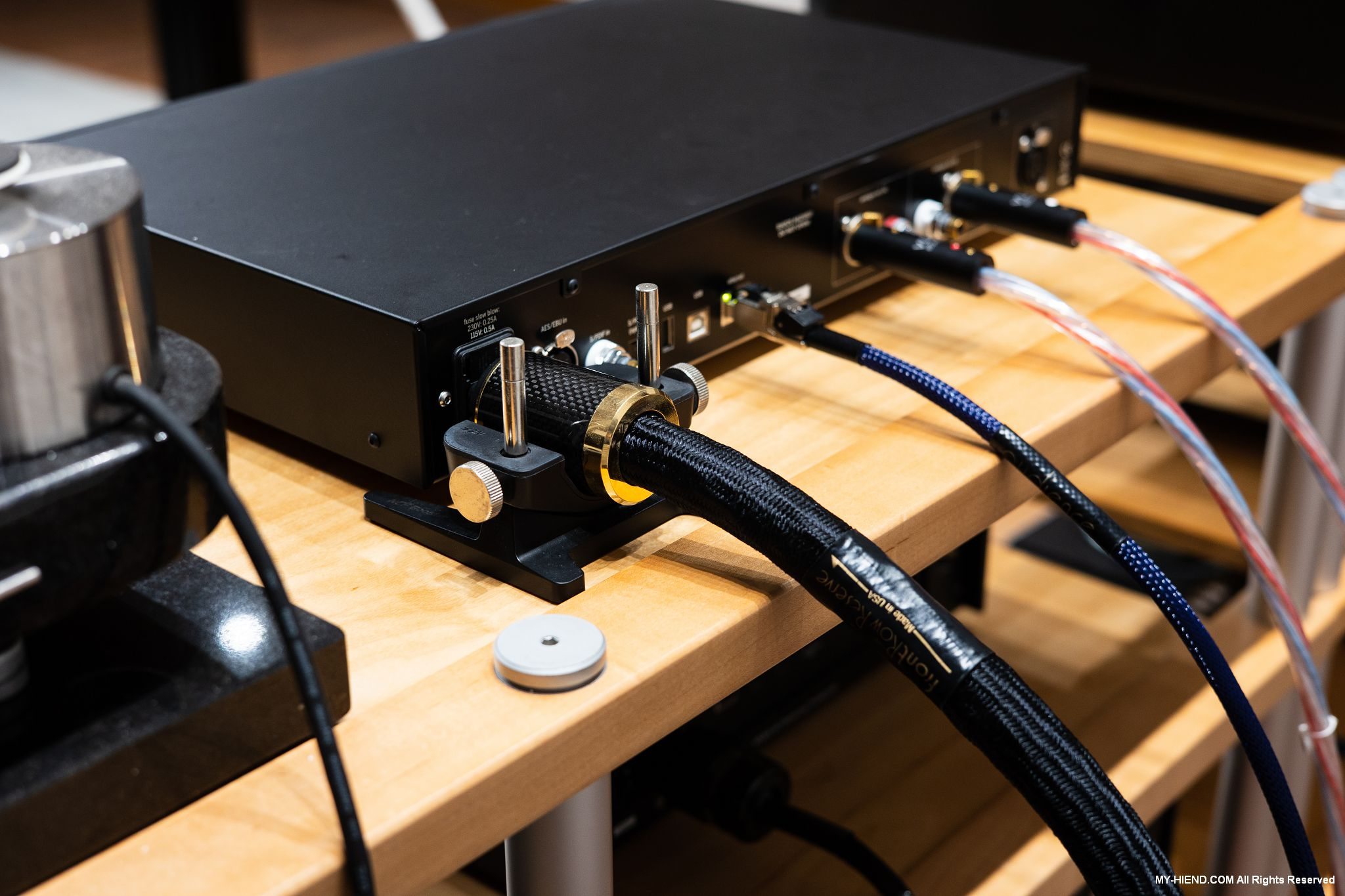
When testing this same track, we alternated the power cord between the DAC and amplifier. With the power cord on the amplifier, dynamic expression became more pronounced, with drum sounds exhibiting particularly notable substance, stability, and scale. Even at moderate volumes, the background remained powerful and expansive, with many musical decays carrying greater weight and stability, bringing out more of the sound's inherent character. When used with the DAC, the song revealed more details worthy of careful appreciation, as if subtle seasonings had been added to otherwise ordinary passages, creating numerous delectable moments. This was especially evident at higher volumes, where rich, fine details could be discerned within powerful vocal passages. Which configuration is superior? That remains a delightfully difficult choice.

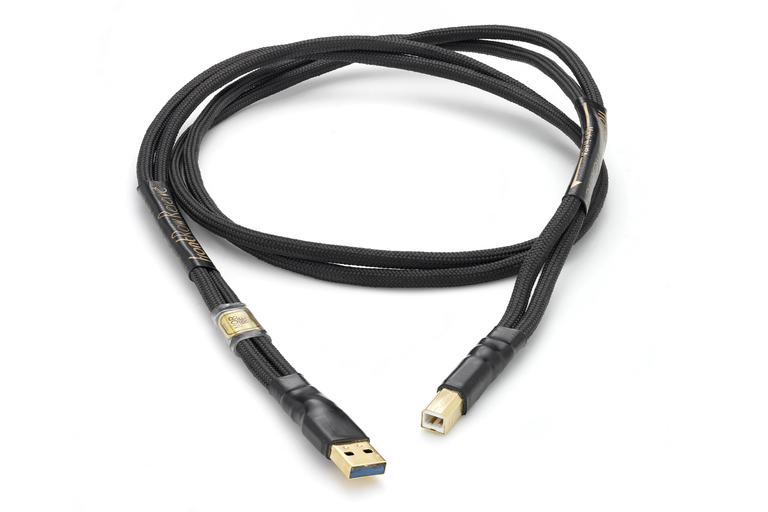

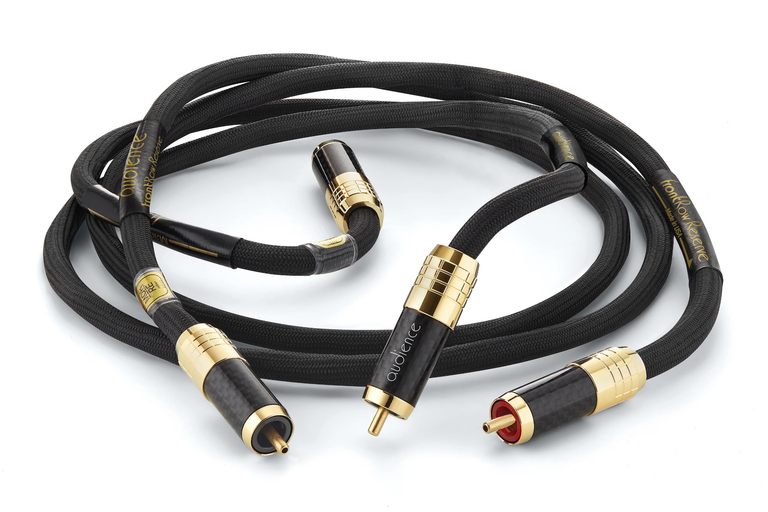
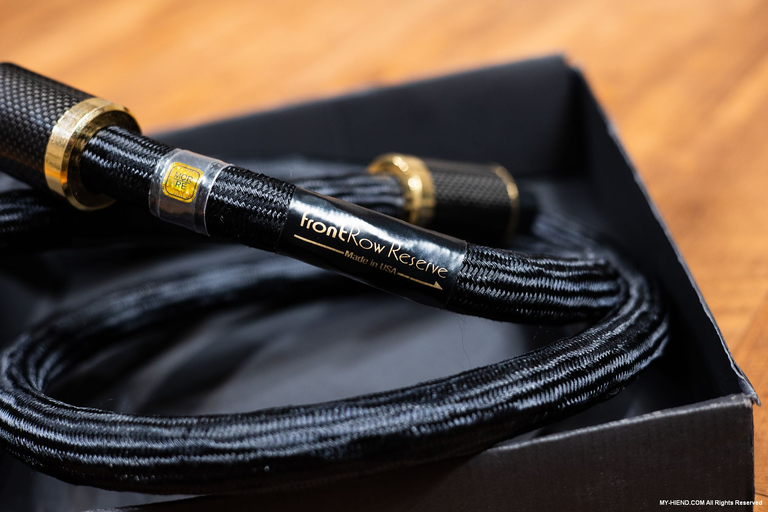
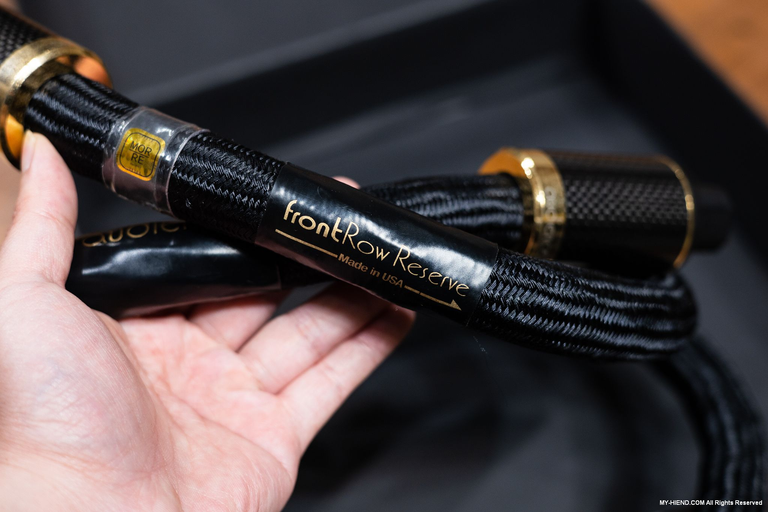

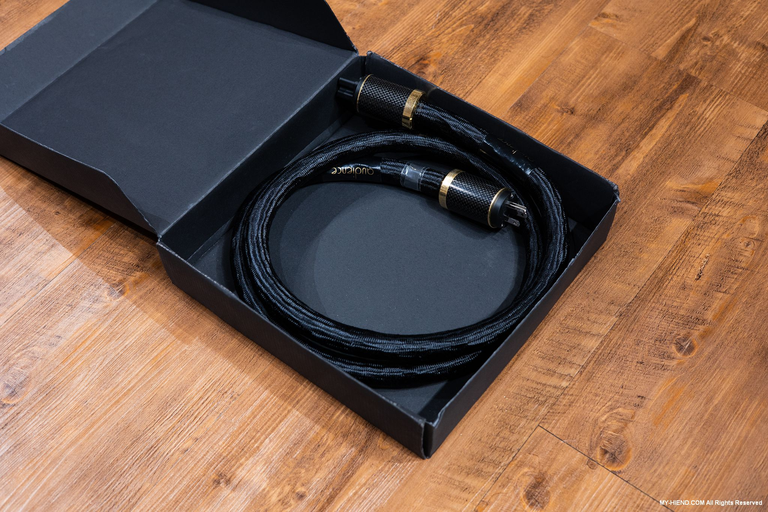
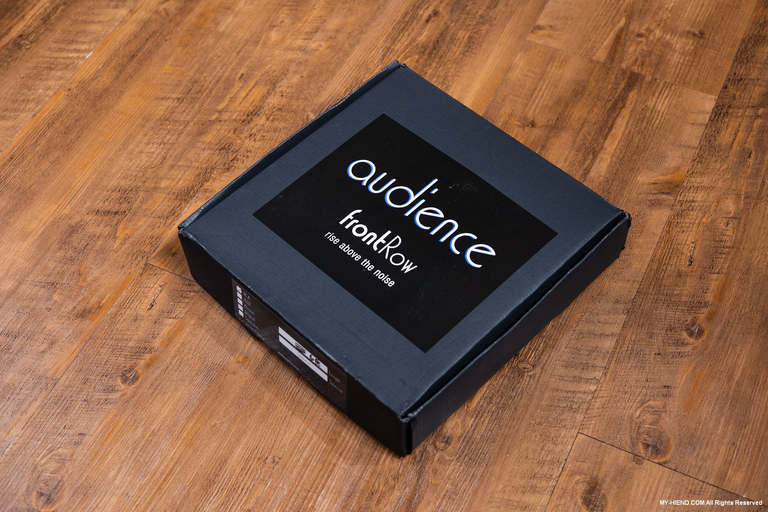

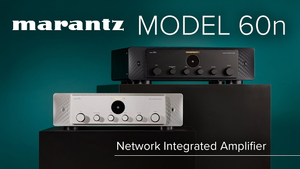
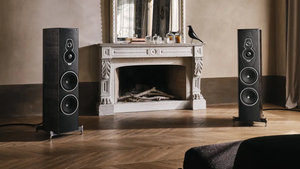

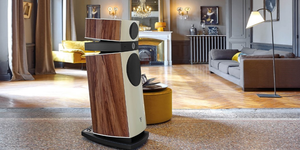
Comments